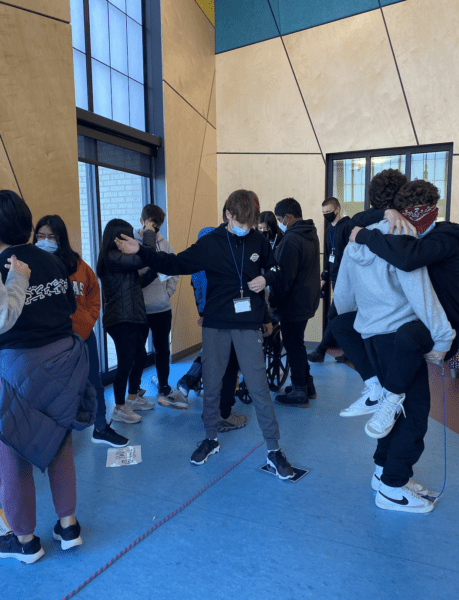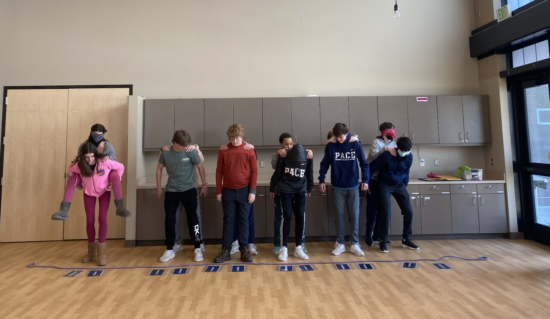
Now open your eyes. What is in your picture?
Are there plants, trees, or mountains? Are there animals? Are there people? Are there buildings?
How does the picture feel? Is it calm and serene? Is it violent and chaotic?
This past month, Cottonwood Institute teamed up with Envoys, a leader in travel education for young people focused on exploration of topics of global significance, to offer a 2-day training for 75 middle school students from Georgia and California. The weather drove us inside, which was, ironically, the perfect setting to explore human’s relationship with nature – the key learning objective of our program.
Students contemplated their relationship with nature by drawing their definition of nature. Once they were done, we looked at the pictures and asked ourselves the same questions posed above. Initially, students shared peaceful settings of trees, mountains and lakes. The more we probed, the more we realized that this may not be the most complete picture of nature.

Why does this all matter? The easy answer is because if we lose the fact that we are a part of nature, if we lose a connection to other species and the trees that give us oxygen. It is so much easier to engage in behaviors that further degrade our planet. We also lose the mental and physical health that comes from a day in the woods or on the trail. We lose our connection to the interconnections of all of life.
At the end of the day, the students began to shift their view of their relationship to nature, understanding that we are a keystone species, changing our microclimates to build our habitats just as a beaver does when building a dam. The key is balance and interconnection – regardless of your definition of nature.
Written by Field Instructor Amy Atkis
